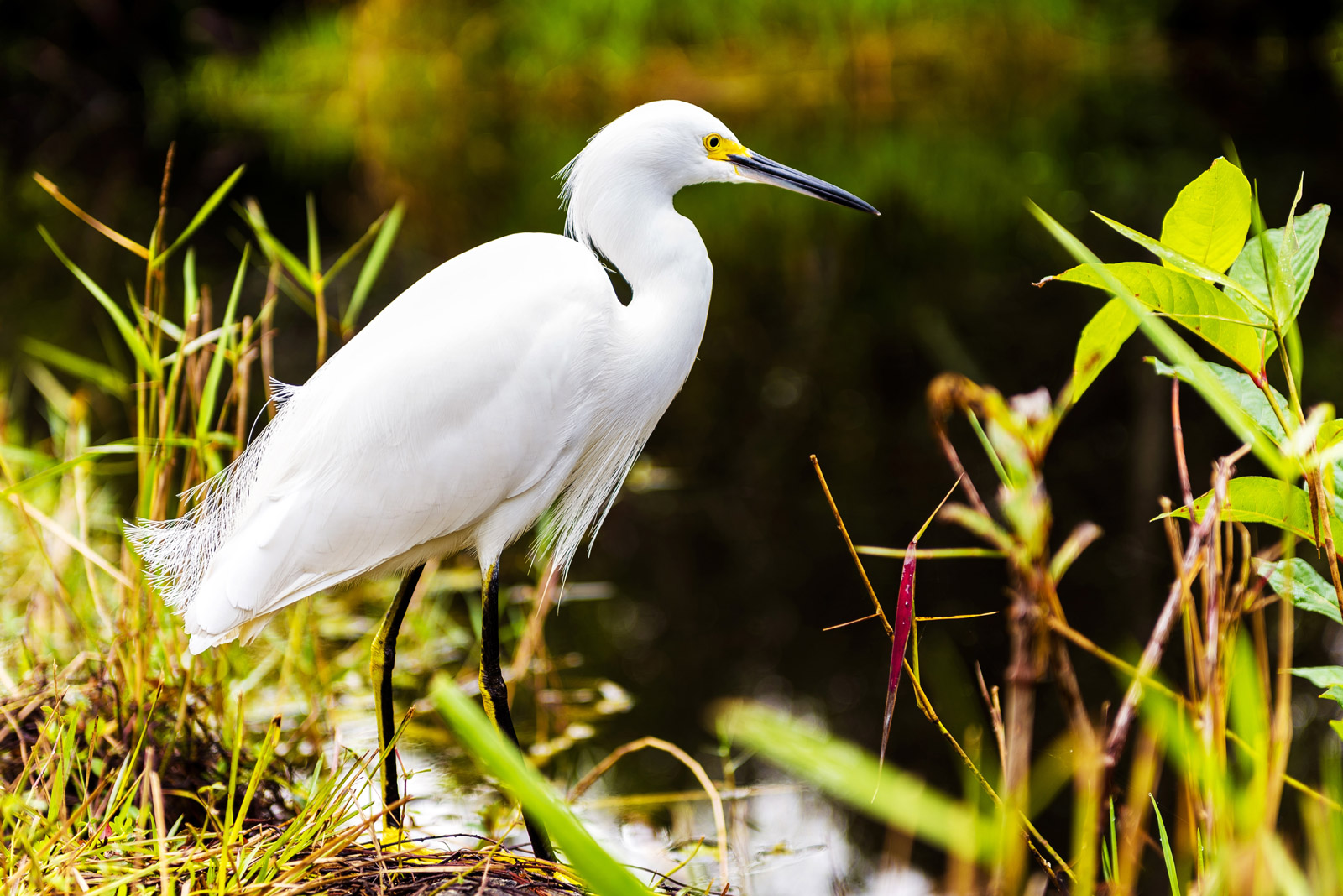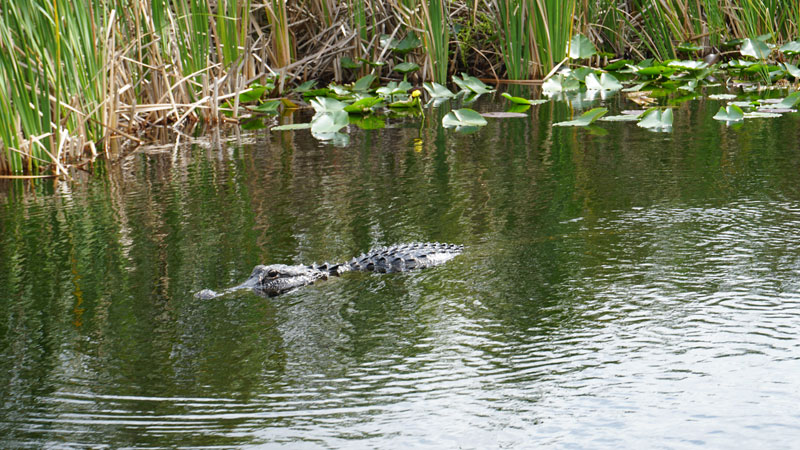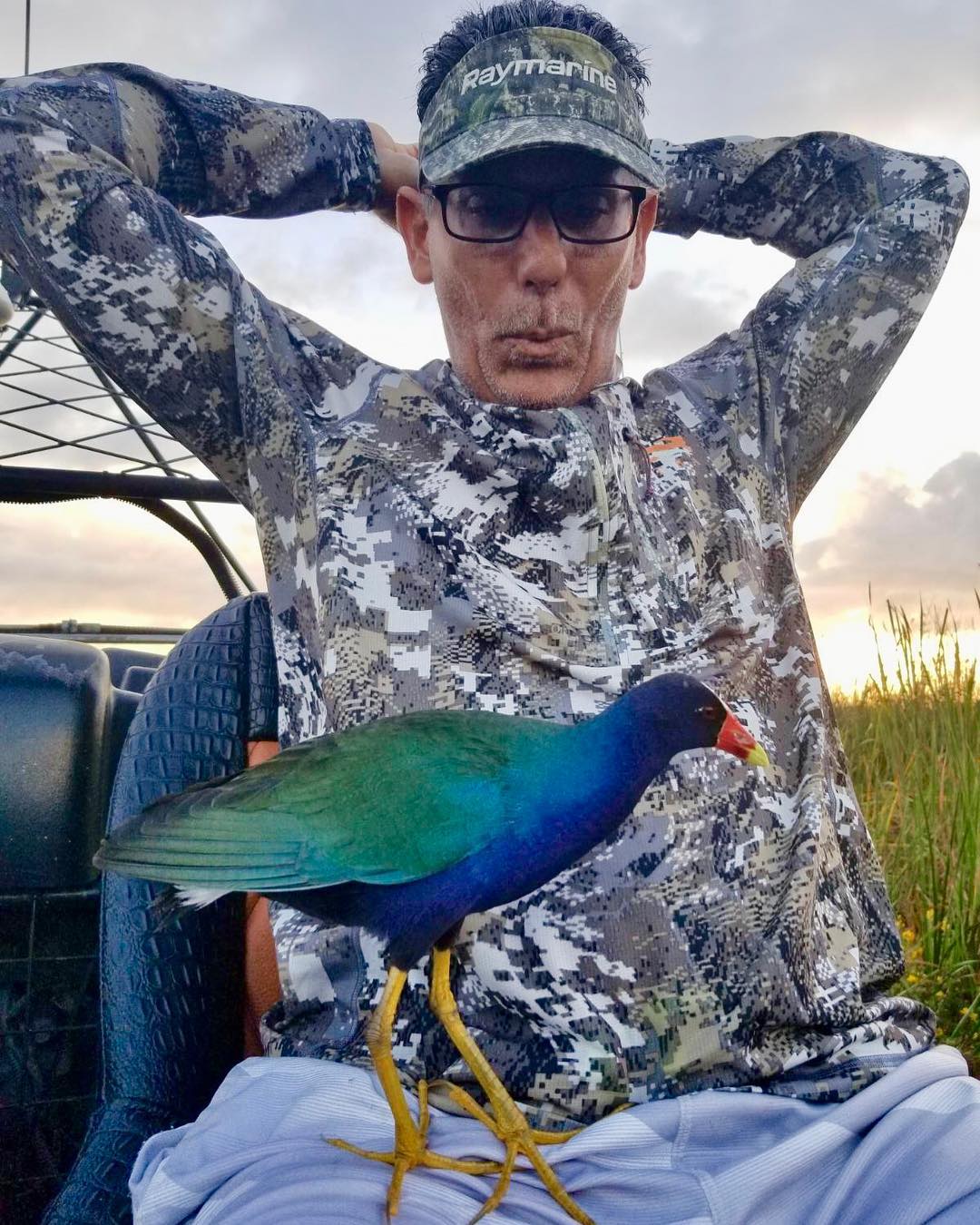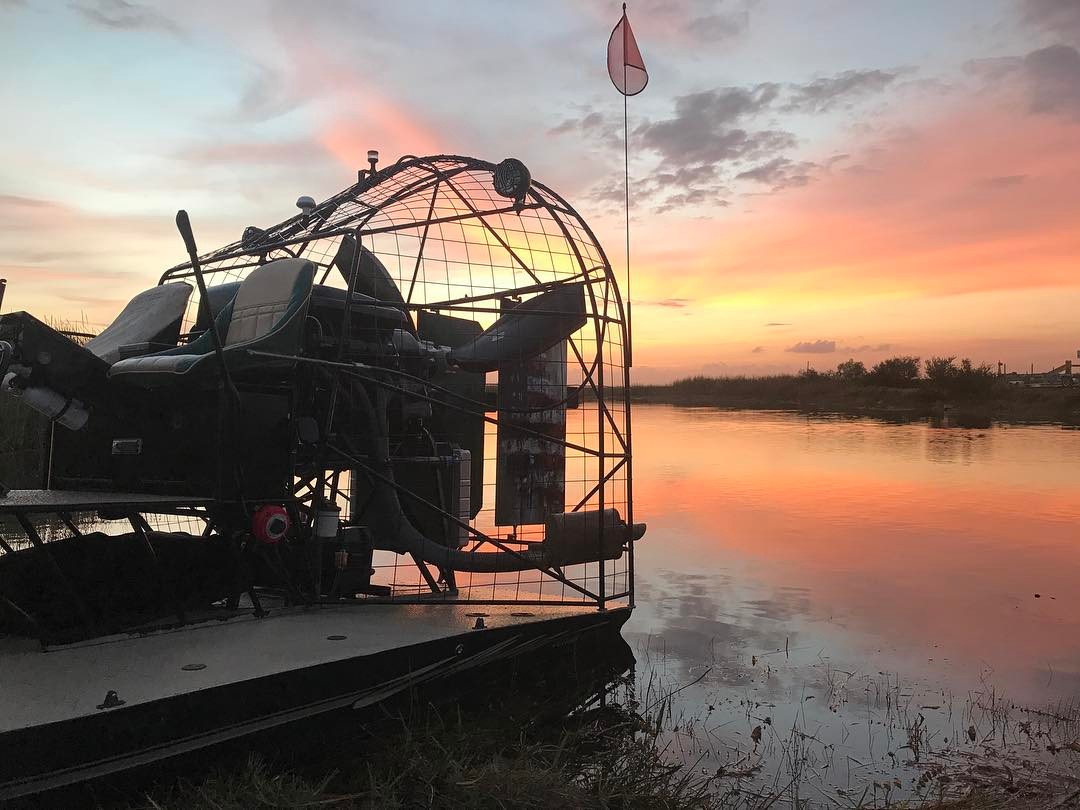Sandhill Crane
Though you can find Sandhill Cranes in many areas of Florida, you may spot them on your airboat tour. They have distinctive red markings on their heads and never travel solo. These birds mate for life, so you’re most likely to find them in pairs — or in groups of four once a mated pair has hatched their brood of two. The Everglades offer a wide variety of insects, amphibians, and plants for Sandhill Cranes to feed on, making it a perfect environment for them to live and hunt.
While you may also find them in savannahs with tall grass, they love living near the edges of marshes such as the Miami Everglades. Here, they have both tall grass and brackish waters with an abundance of insects and amphibians to feed on.
Begin your adventure today!
Great Egret
One of the largest birds you may encounter in the Everglades is the Great Egret, which can grow up to four feet tall with a 50-inch wingspan. While they are similar in appearance to the Great White Heron, you can distinguish them from other wading birds by their black legs and white plumage. During breeding season, their plumage becomes even more impressive to attract mates. You’re likely to find these birds wading along the edges of wetlands and other shallow waters hunting fish, amphibians, reptiles, and even small birds or mammals.

During the late 1800s, Great Egrets were hunted so their feathers could be used on decorative hats and they were at risk of extinction. Fortunately, naturalist John James Audubon paid a visit to the Everglades near the end of the 1800s and made the public aware of what was happening, after which hunting of the great egret was put to a stop. While they have come back somewhat in numbers from that time, they are now

Want to see the beauty yourself?
Roseate Spoonbill
On your airboat tour, you may spot bright pink plumage. While your first thought may be flamingoes, they are actually rare to find in the Miami Everglades. Instead, you have likely found a Roseate Spoonbill. Both species of birds get their vibrant coloring from ingesting high levels of carotene, which is found in crustaceans.
The Roseate Spoonbill is distinguishable by their long, flat beaks, which they use to hunt for food in the shallow waters of marshes such as the Everglades. They also have a notable black band around the top of their neck.

Wood Stork
Similar to the Great Egret, you may find Wood Storks while on your airboat tour. They have similar white plumage, though they have black feathers on their wings that can help distinguish them from other common Everglades birds. They thrive near wetland and marsh waters that are about 6-10 inches deep where they can hunt for fish by holding their beaks underwater until bumped by a fish swimming by.
Years ago, you could have seen nearly 10,000 wood storks throughout the Everglades during breeding season. Those numbers have decreased significantly due to habitat loss but you may still catch a few hundred to a thousand pairs of Wood Storks.
Great Blue Heron
While not unique to the Everglades, the Great Blue Heron can often be found in the wetlands of southern Florida. On your airboat tour, you may spot a large bird, up to 36-55 inches in height, wading through the waters in search of food. Great Blue Herons have grey feathers covering their body, reddish-brown neck and legs, and a white head and throat. They are one of the largest herons found in North America.
You may even catch sight of a Great Blue Heron on an evening airboat tour, as they have good enough night vision to continue hunting during moonlit nights. Day or night, the Great Blue Heron feeds on small fish, crabs, shrimp, and other small mammals that live in or near the shallow waters of the Miami Everglades.
See Everglades Birds on an Airboat Tour with Miami Everglades Connection
With semi-private daytime airboat tours and private evening tours, Miami Everglades Connection offers a variety of opportunities to witness Everglades wildlife firsthand. Along the way, you’ll also hear from your guides, who are knowledgeable about the flora and fauna of the Everglades as well as preservation efforts to help maintain and build back the ecosystem and mitigate habitat loss so that future generations can continue to enjoy the beauty of the Miami Everglades.

